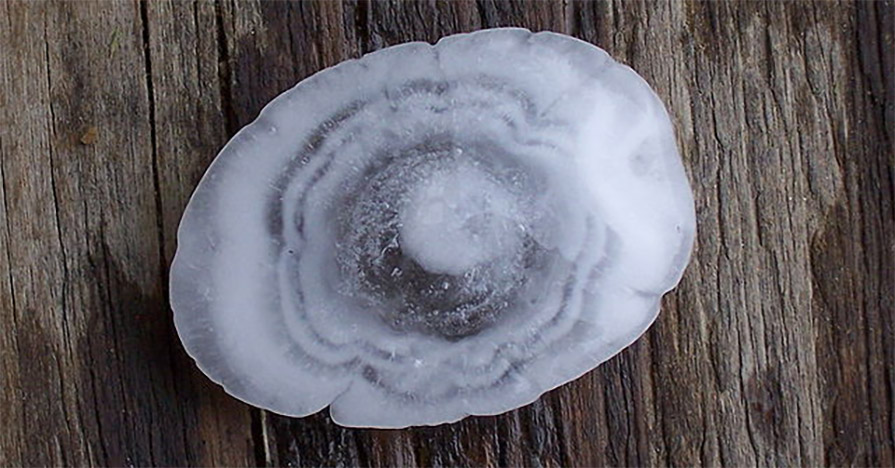Hail - Did You Know?

Source: NWS | NOAA
When a hail stone is cut in half, it’s common to notice rings or circles. These rings form as the hail stone “bounces” up and down within the thunderstorm. The whiter rings, which are soft ice, are produced when supercooled water comes in contact with the stone in an environment where the temperature is well below freezing and ice crystals and air pockets are trapped. The clearer rings happen when the hailstone encounters water droplets, in temperatures just below freezing, allowing the water to spread out, ridding it of air pockets. Counting the rings can give you a good indication of how many times the hail stone traveled to the top of the storm.